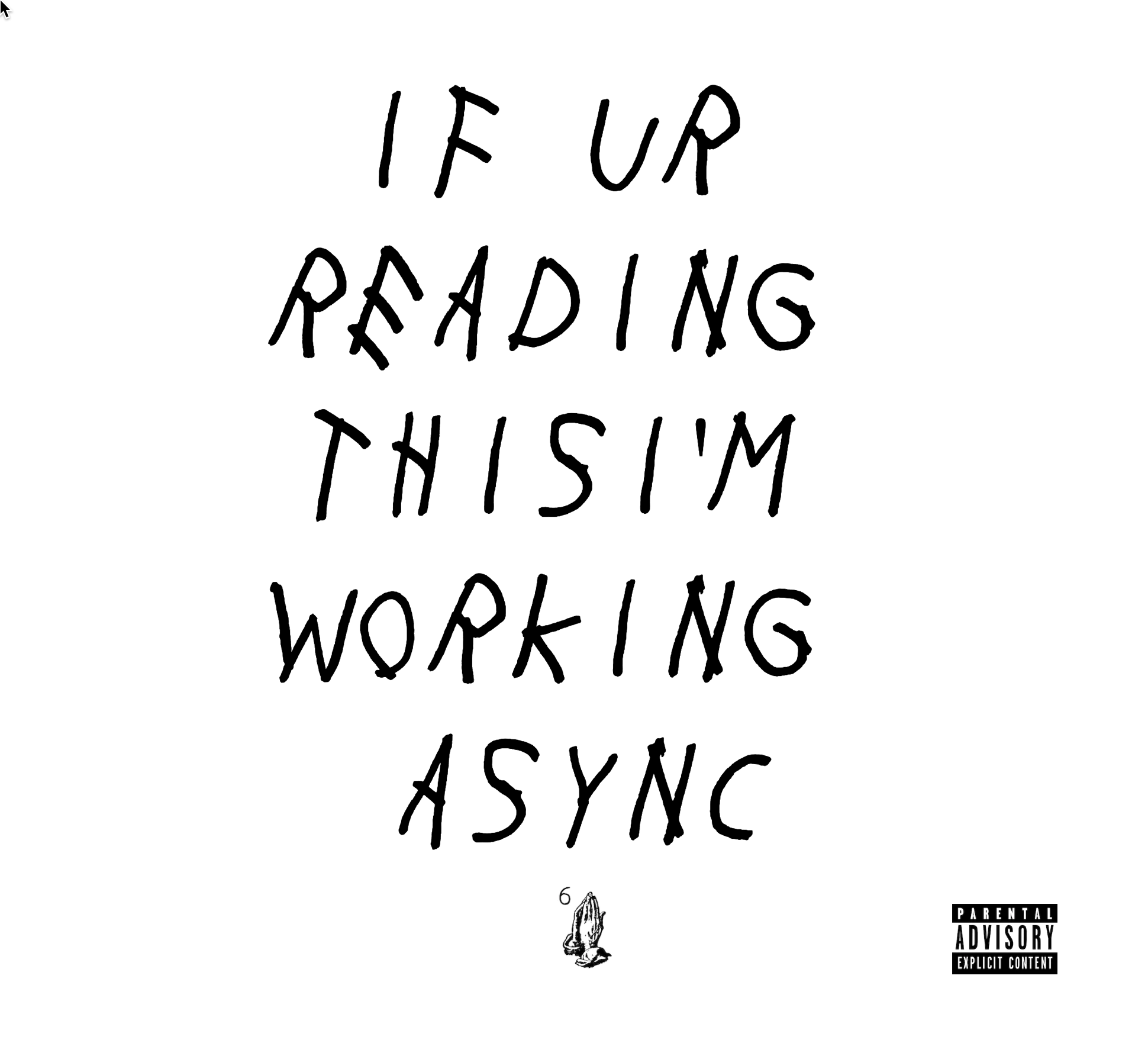
What is working async
- 60 - 90 minute pomodoro sessions. Sometimes much longer
- 20 - 30 minute rest
- Repeat
- Slack closed, opened at the end of each pomodoro.
Why do I do it
-
Optimising for deep work. Async allows me to immerse myself in work
-
Minimising cost associated with context switching
-
I function more effectively with mono-tasking & immersion in the task at hand
-
True insight comes when I’m not in a sync environment. This means I often take notes while walking, gyming, shower, and many other places outside of the usual work environment. It’s easier to connect and put thoughts together after letting things ponder for a bit.
-
Async by default creates artifacts (written documents, diagrams, and other illustrative stuff) that others can refer to in the future, preserving institutional knowledge & context beyond one or a few people’s heads
Caveats
-
Though I prefer to work async by default, there’s many a time when sync is the best way to get things done:
- pair programming,
- debugging,
- brainstorm sessions,
- helping unblock someone
-
If we’re sharing a backlog, it’s very likely that I’ll be sync with you even during my ‘async’ hours, just part of collaboration, right😉
-
this may sometimes mean my work hours are not the same as yours, so please don’t feel pressured to respond to my queries outside of your work hours.
Related thoughts
- My notifications are off by default
- A more detailed note on how I work
- Scott Hanselman’s complete list of productivity tips
- How to pair program async using the ping pong method